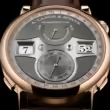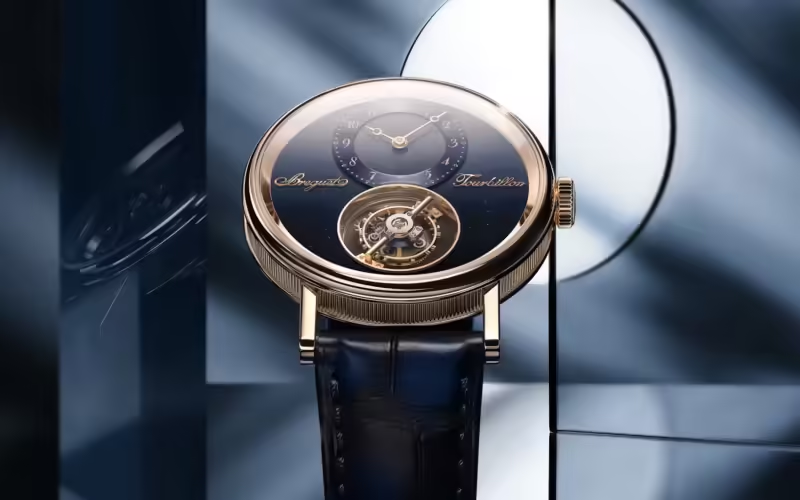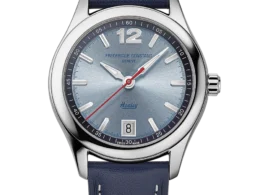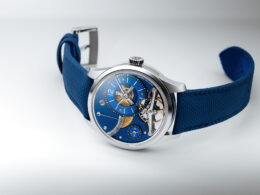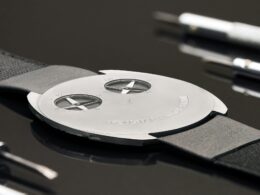On June 26, 1801, Abraham-Louis Breguet filed Patent No. 157 for what would become one of horology’s most celebrated complications: the tourbillon. Exactly 224 years later, his namesake brand has chosen this momentous anniversary to unveil something truly extraordinary – their first-ever flying tourbillon.
The Classique Tourbillon Sidéral 7255 represents a confluence of firsts that would surely make the master inventor proud, combining centuries of tradition with cutting-edge innovation in a mere 50-piece limited edition.
Historic Patent Anniversary
The revelation that Breguet had never produced a flying tourbillon until now seems almost impossible given their foundational role in developing the complication. A flying tourbillon, supported only on one side rather than by bridges or multiple contact points, creates the mesmerizing illusion of the regulating organ floating in mid-air. For a brand synonymous with the tourbillon itself, this represents not just a new model but a completion of their horological legacy.
The “Sidéral” designation doesn’t refer to sidereal time – this watch keeps standard time for everyday use. Instead, it means “related to the stars,” a poetic reference to the dial’s most striking innovation: aventurine enamel. This marks another first for Breguet, as the brand has never before used this starlike material that captures light in countless tiny flecks, creating depth reminiscent of a night sky filled with distant stars.
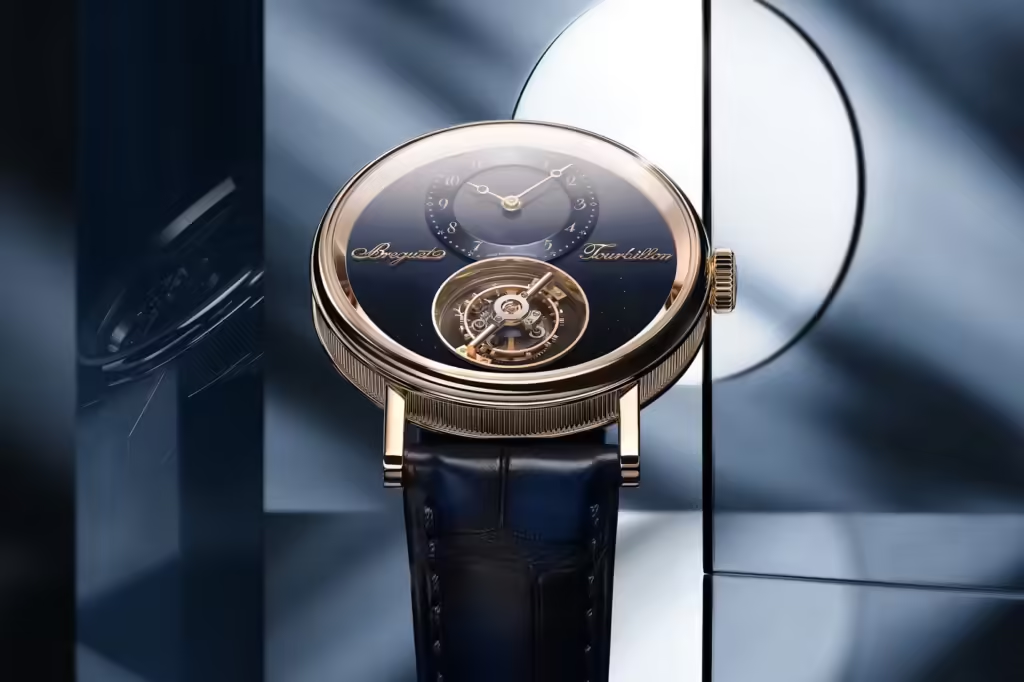
The dial showcases Breguet’s signature aesthetic language through applied numerals rendered in the special 250th anniversary style Breguet gold. This warm, proprietary alloy also adorns the hands, “Breguet” and “Tourbillon” applied elements, case, and movement bridges, creating visual harmony throughout the timepiece. The 38mm by 10.2mm Empire-style case features long straight lugs and a coin-edge caseband that honors the brand’s neoclassical heritage while maintaining contemporary wearability.
Mystery And Mastery
The true innovation lies within the Calibre 187M1 movement, which elevates the flying tourbillon concept through “mystery” design principles. The tourbillon cage appears to float freely within its sapphire aperture, connected only by a seemingly unsupported arm. This arm actually connects to a hidden sapphire disc with an outer geared ring that imparts power to the movement through concealed connections beneath the movement plate and dial.
This ingenious engineering creates the illusion that the entire tourbillon assembly is connected to nothing, defying visual logic while maintaining perfect mechanical function. The effect is both technically impressive and aesthetically magical – the regulating organ appears to dance freely in space while maintaining precise timekeeping through invisible mechanical connections.
The manually wound movement operates at 18,000 vibrations per hour with a 50-hour power reserve, providing ample runtime for weekend use. The one-minute tourbillon serves as the subsidiary seconds indicator, its rotation visible through the sapphire aperture while the main time display uses offset hour and minute hands that maintain perfect balance with the tourbillon’s visual weight.
Movement decoration reflects Breguet’s commitment to haute horlogerie finishing, featuring 18K Breguet gold bridges adorned with Quai de l’Horloge guilloché and côtes de Genève patterns. The 23-jewel movement measures 30mm in diameter and just 4.8mm thick, allowing the relatively slim case proportions despite the complex complication within.
Delivered on navy blue alligator leather with matching lining and an 18K Breguet gold three-blade folding clasp, the Sidéral 7255 commands $226,000 and is available now through Breguet’s exclusive network. This isn’t merely a new watch – it’s a 224-year journey finally reaching its celestial destination.



